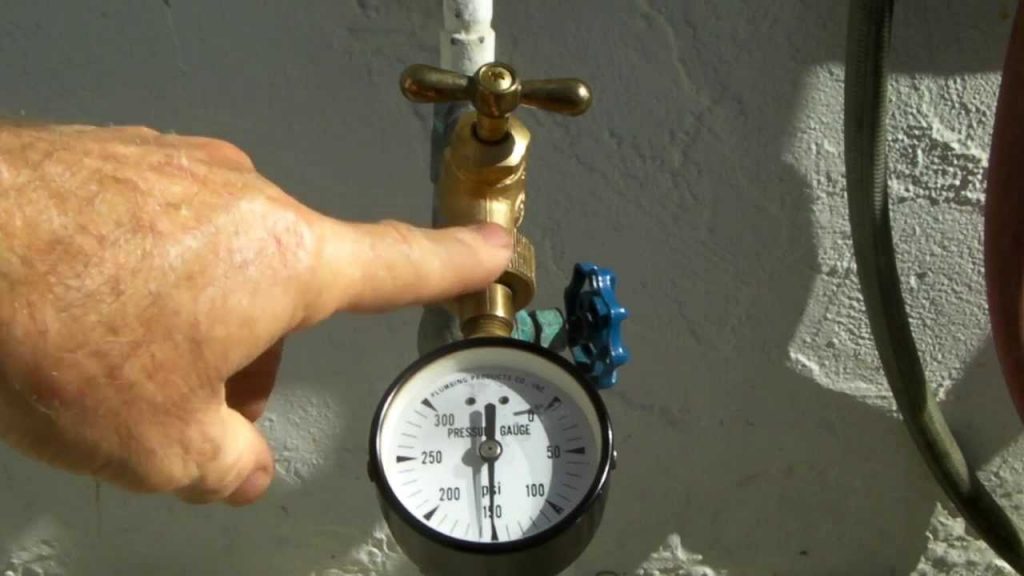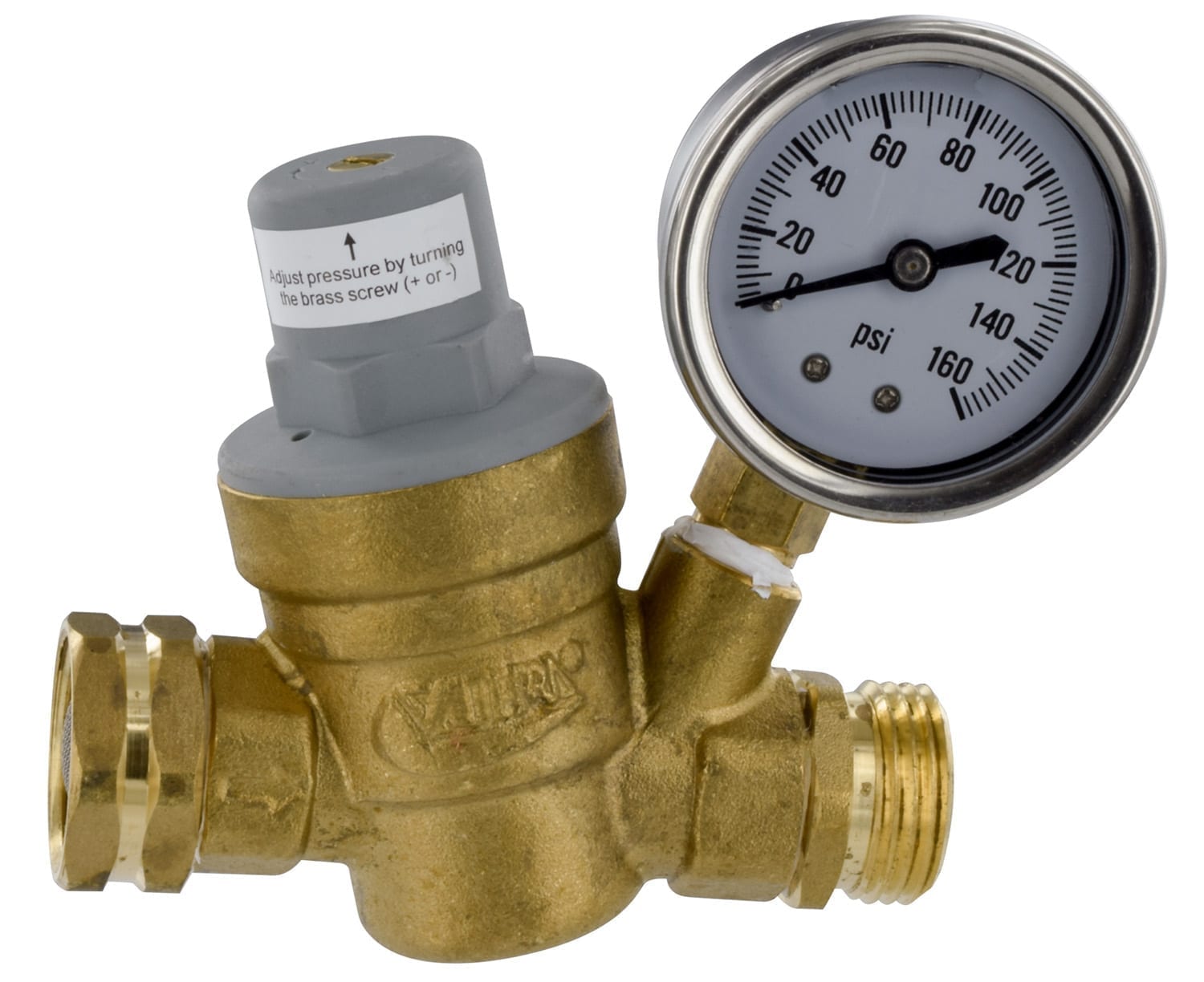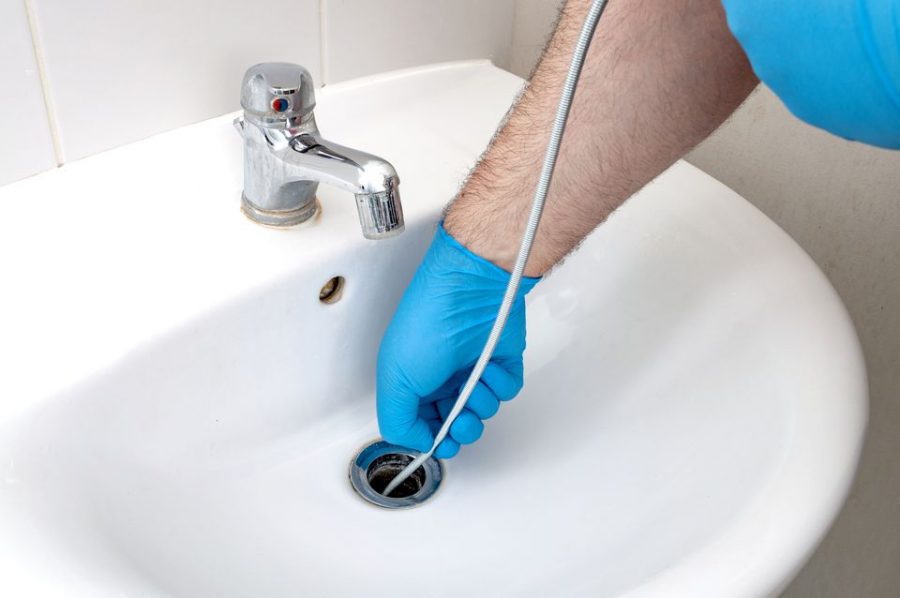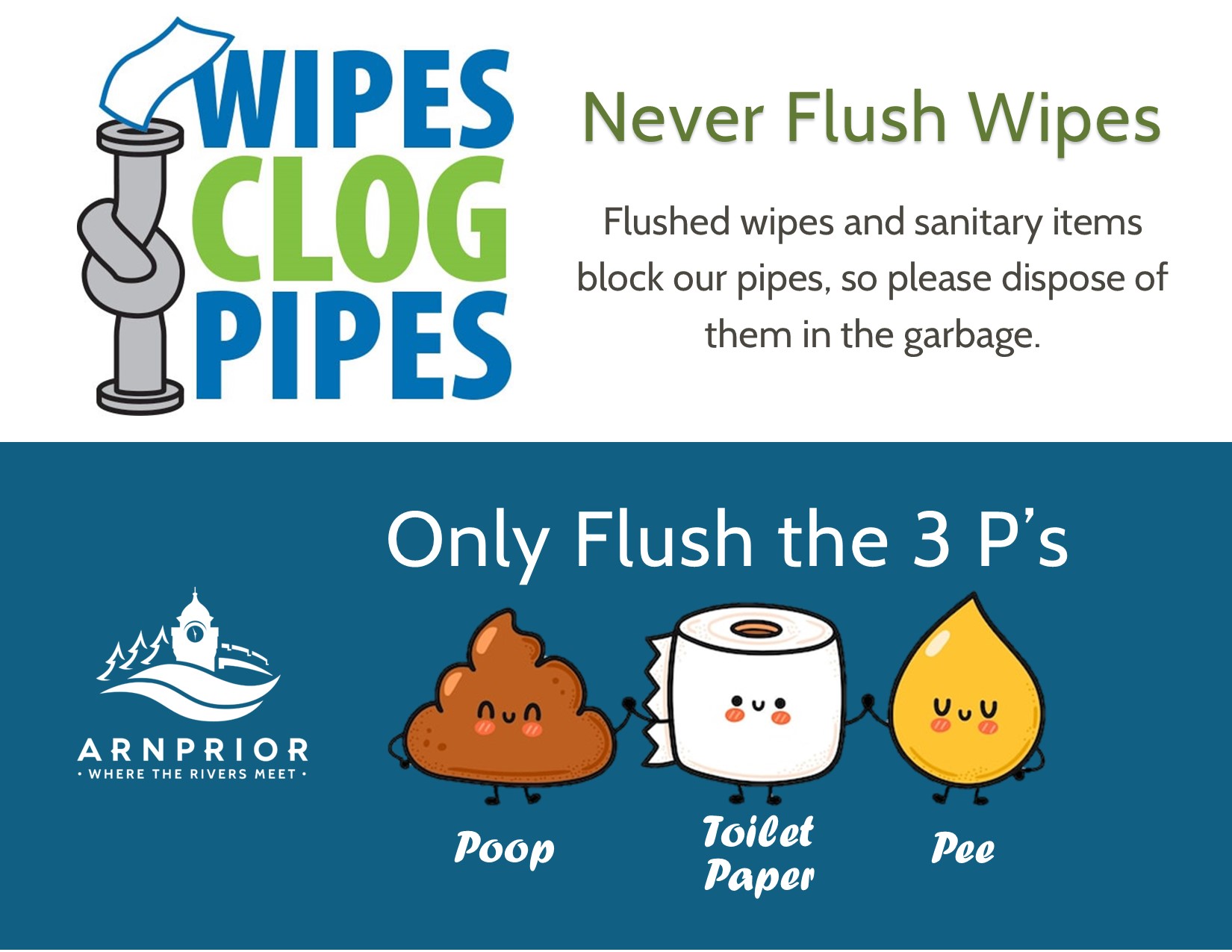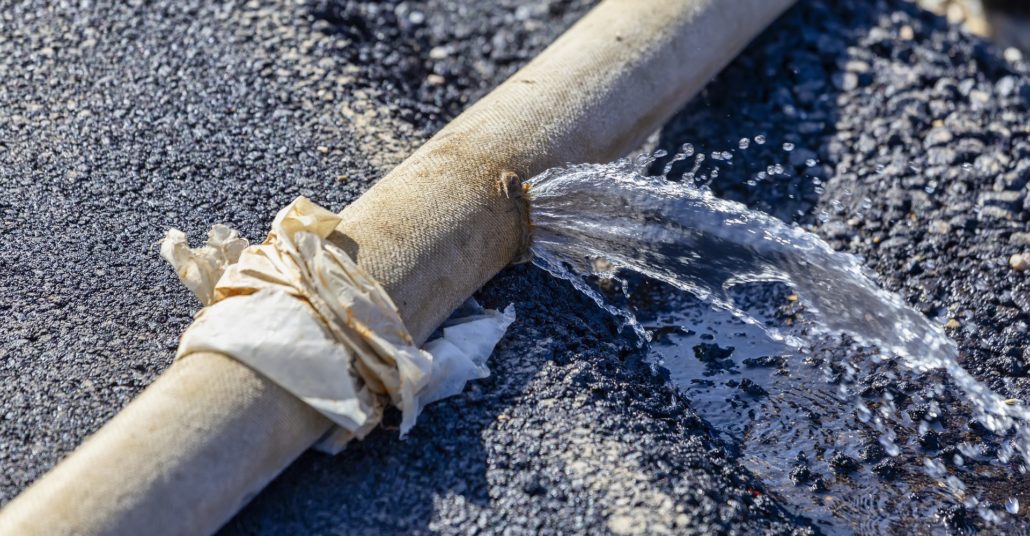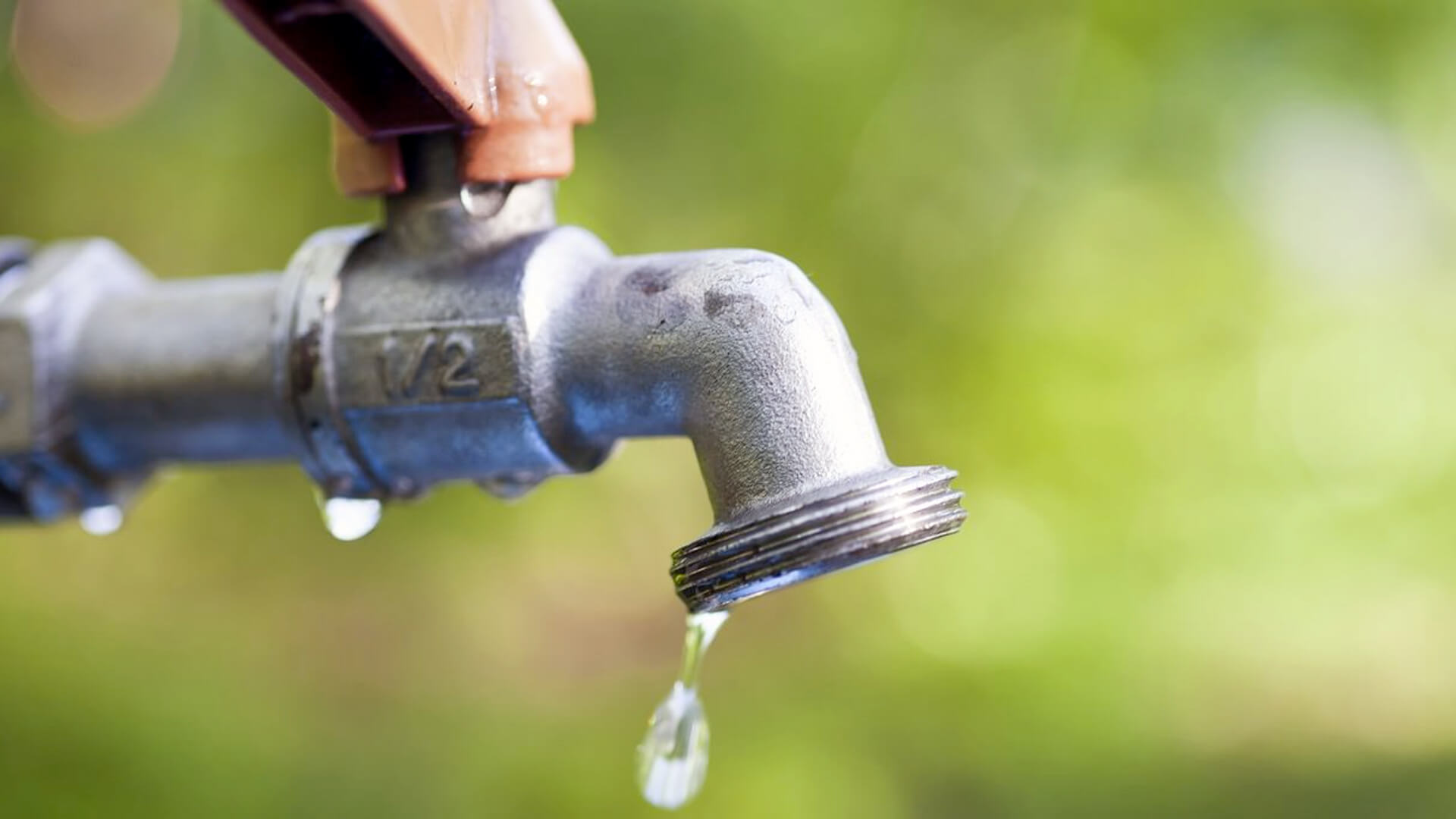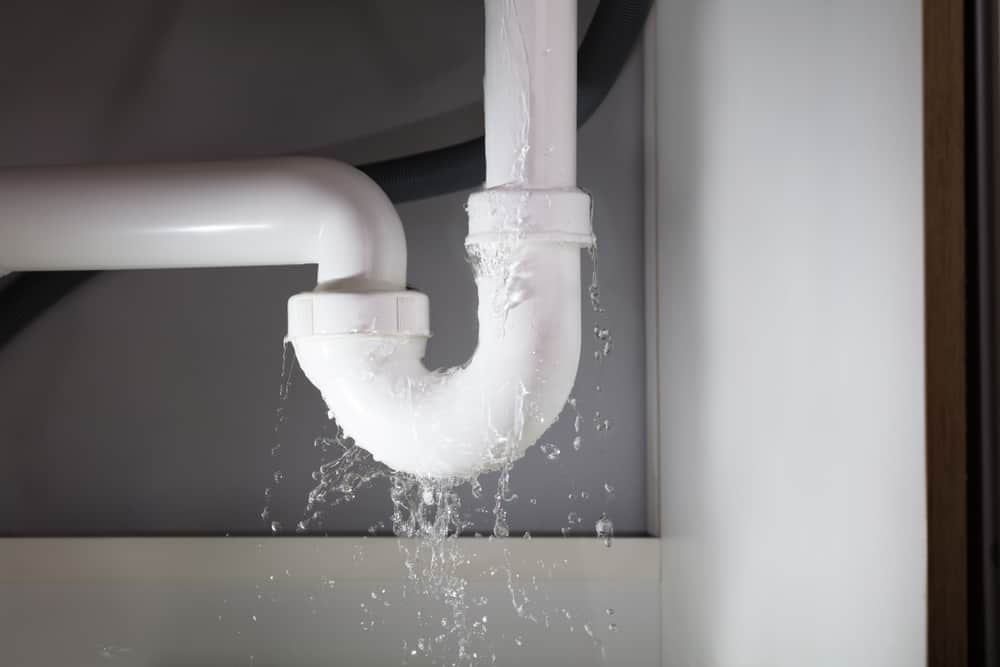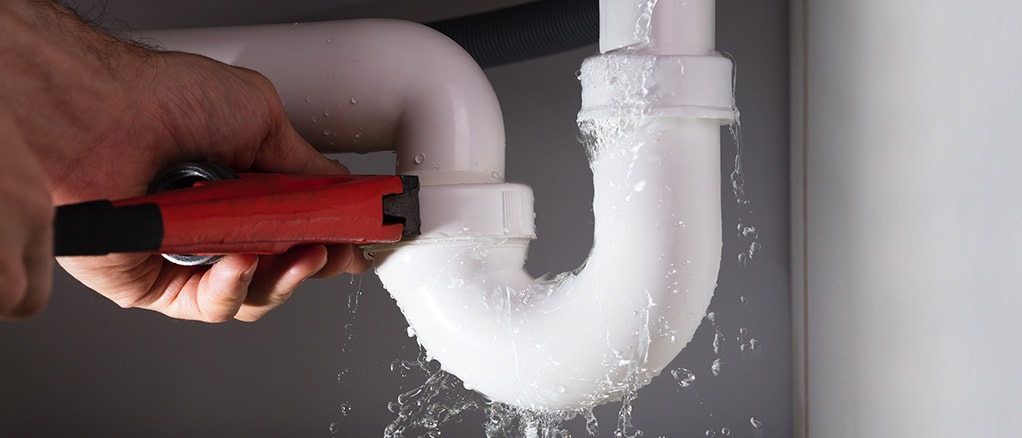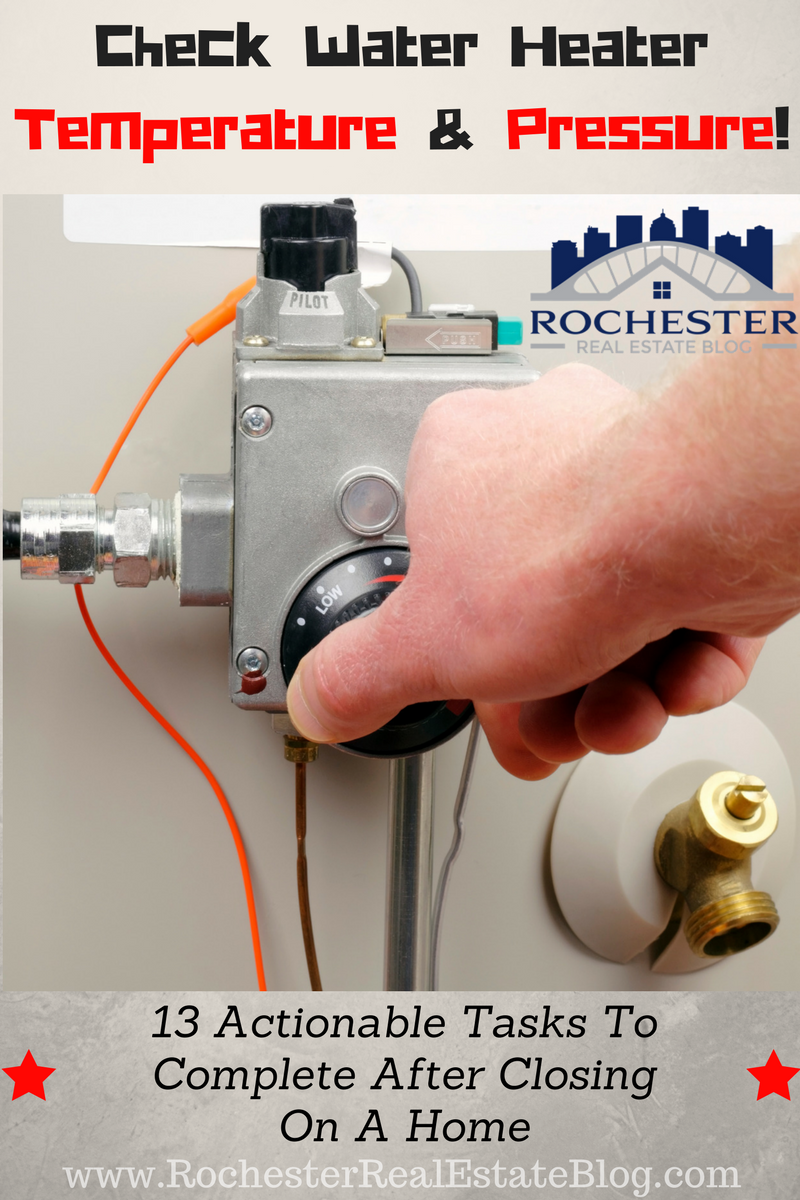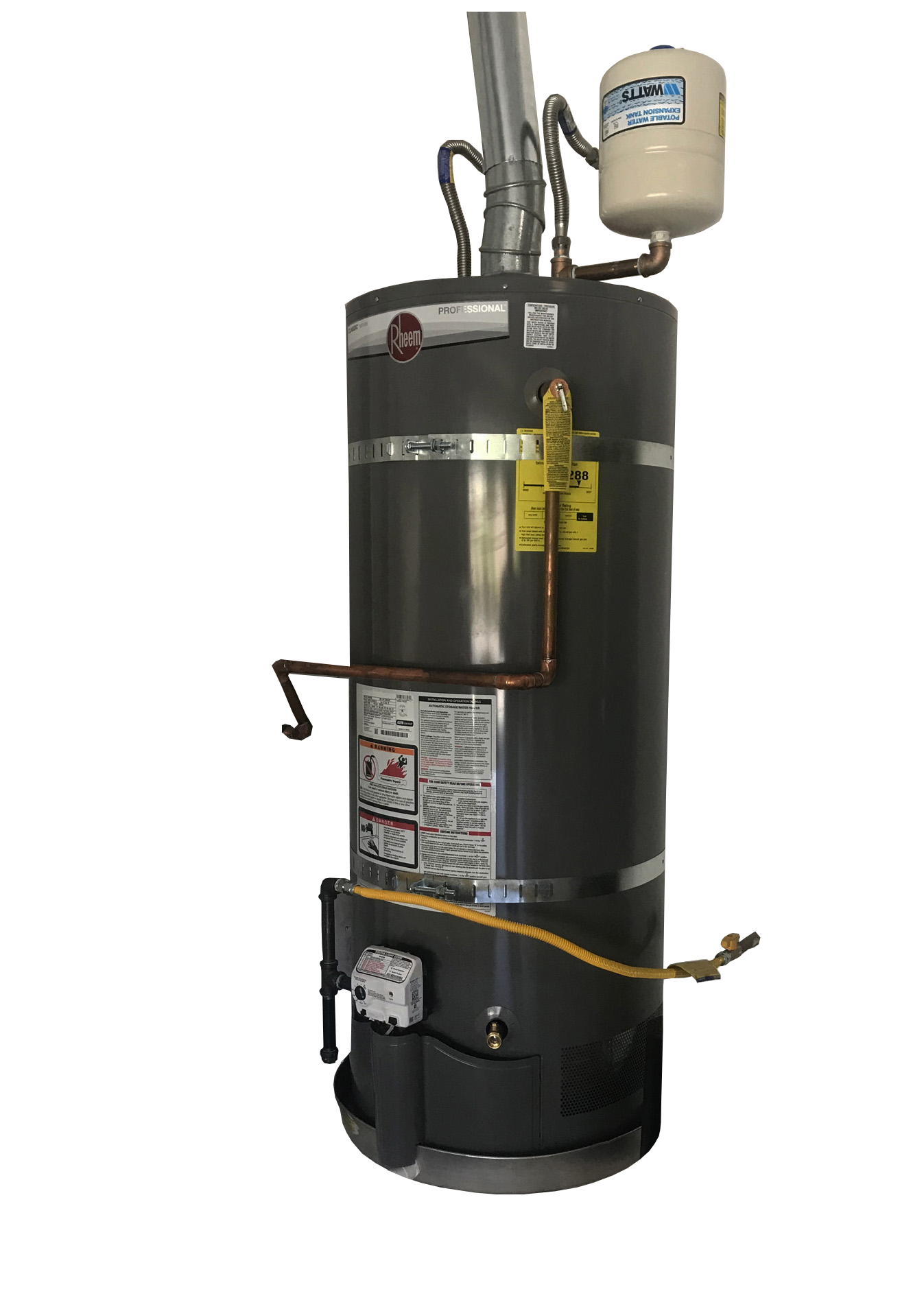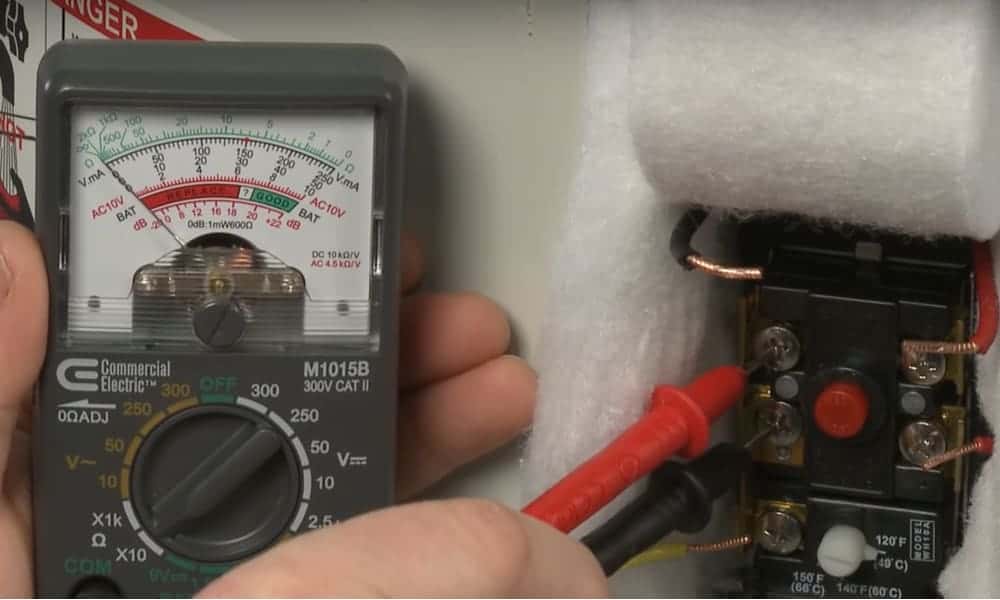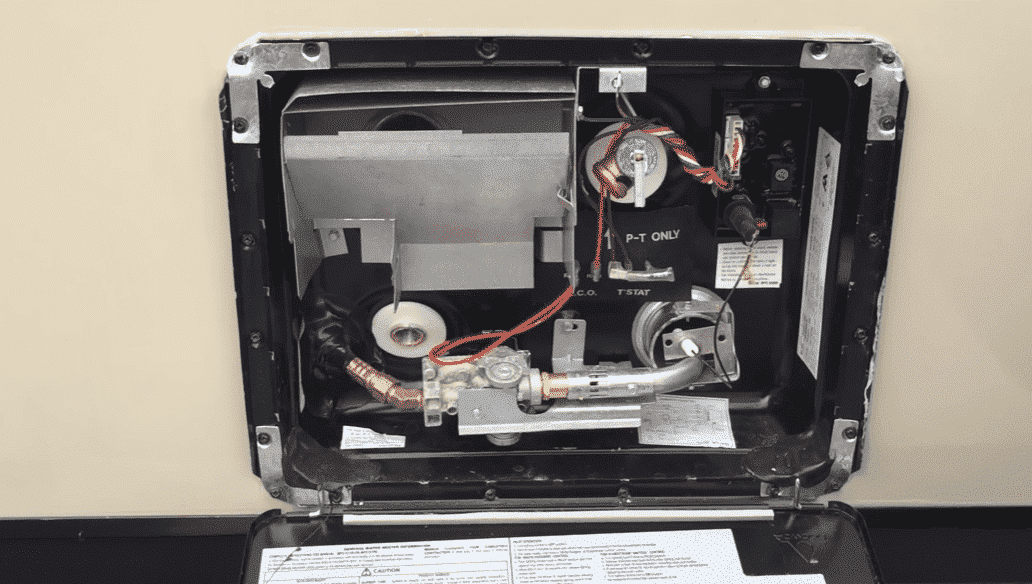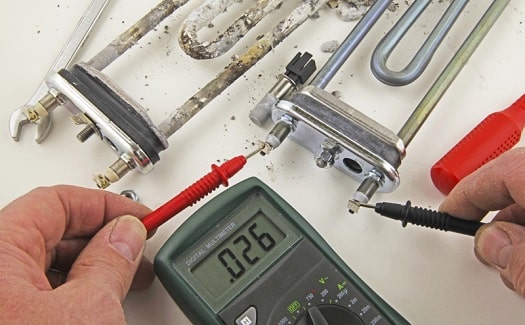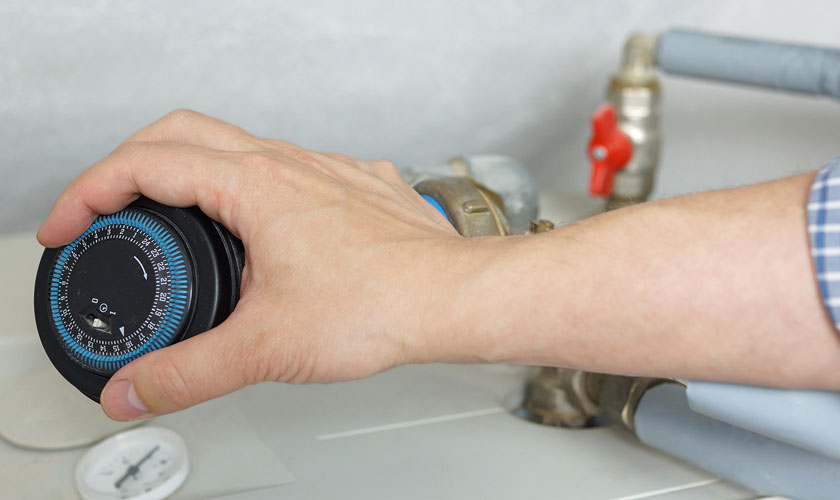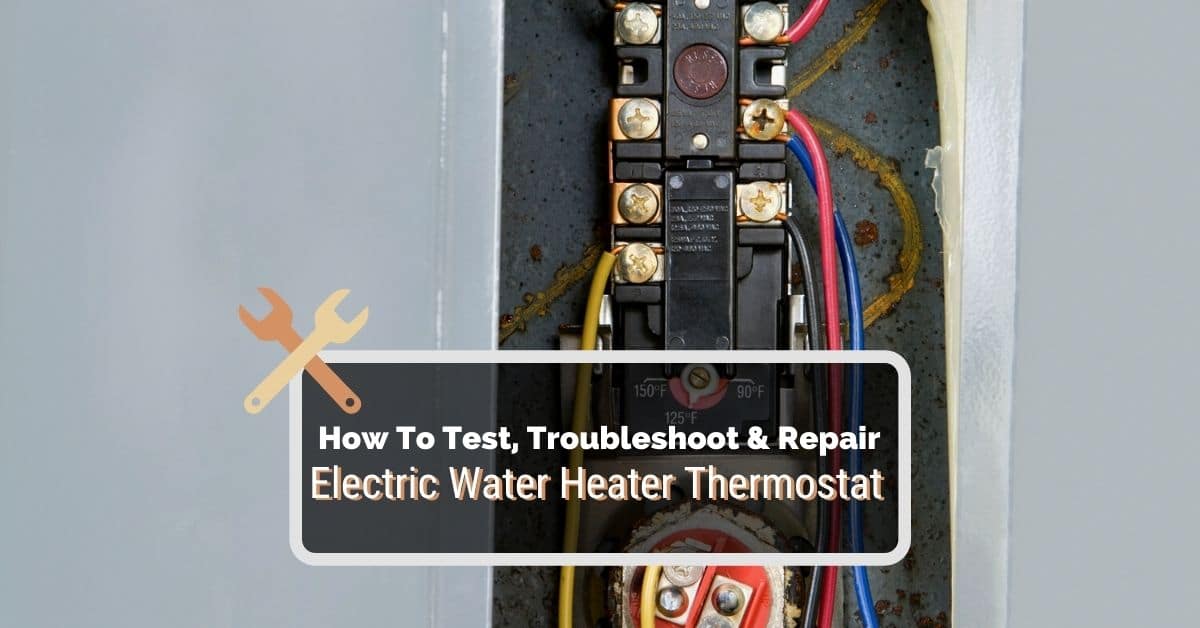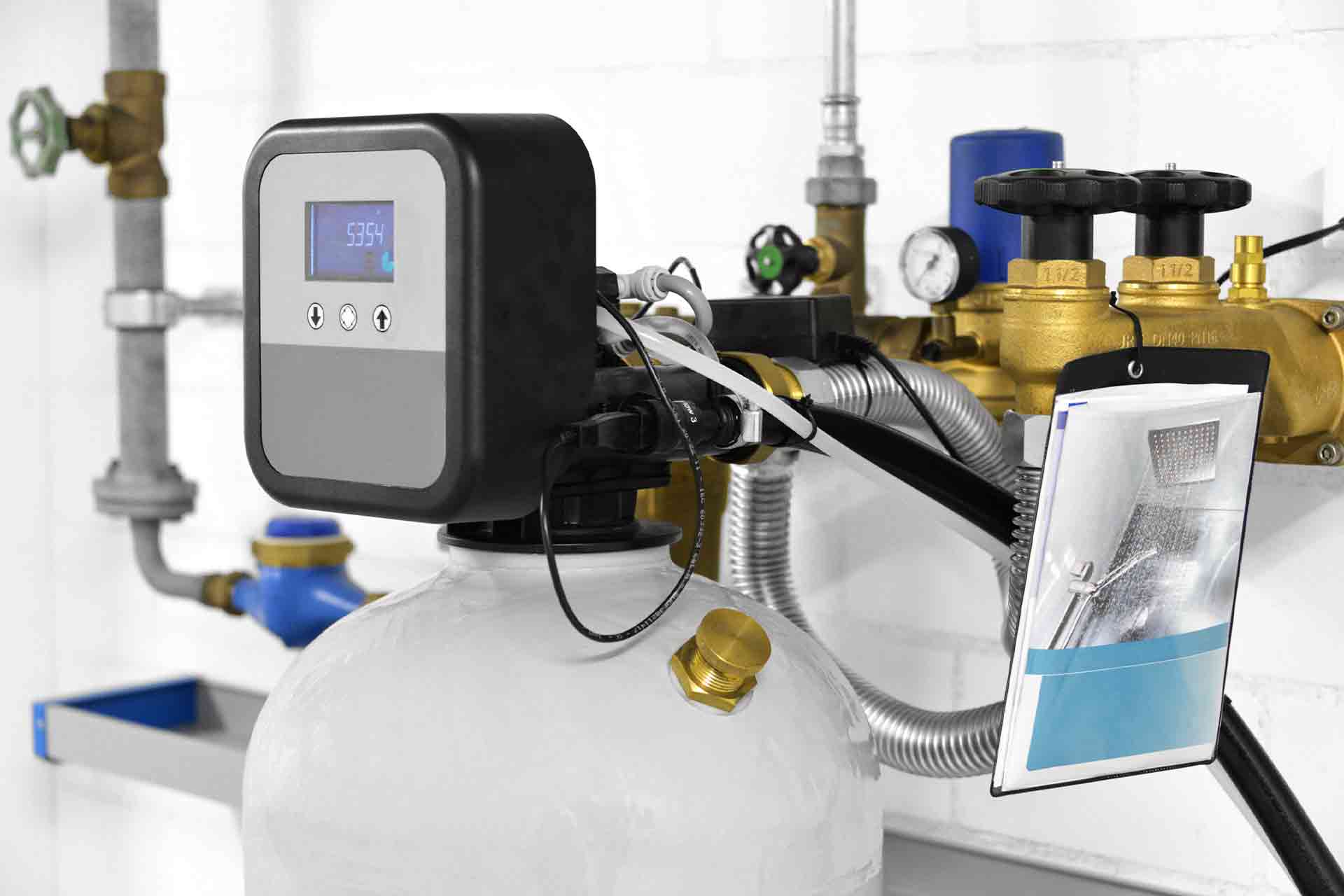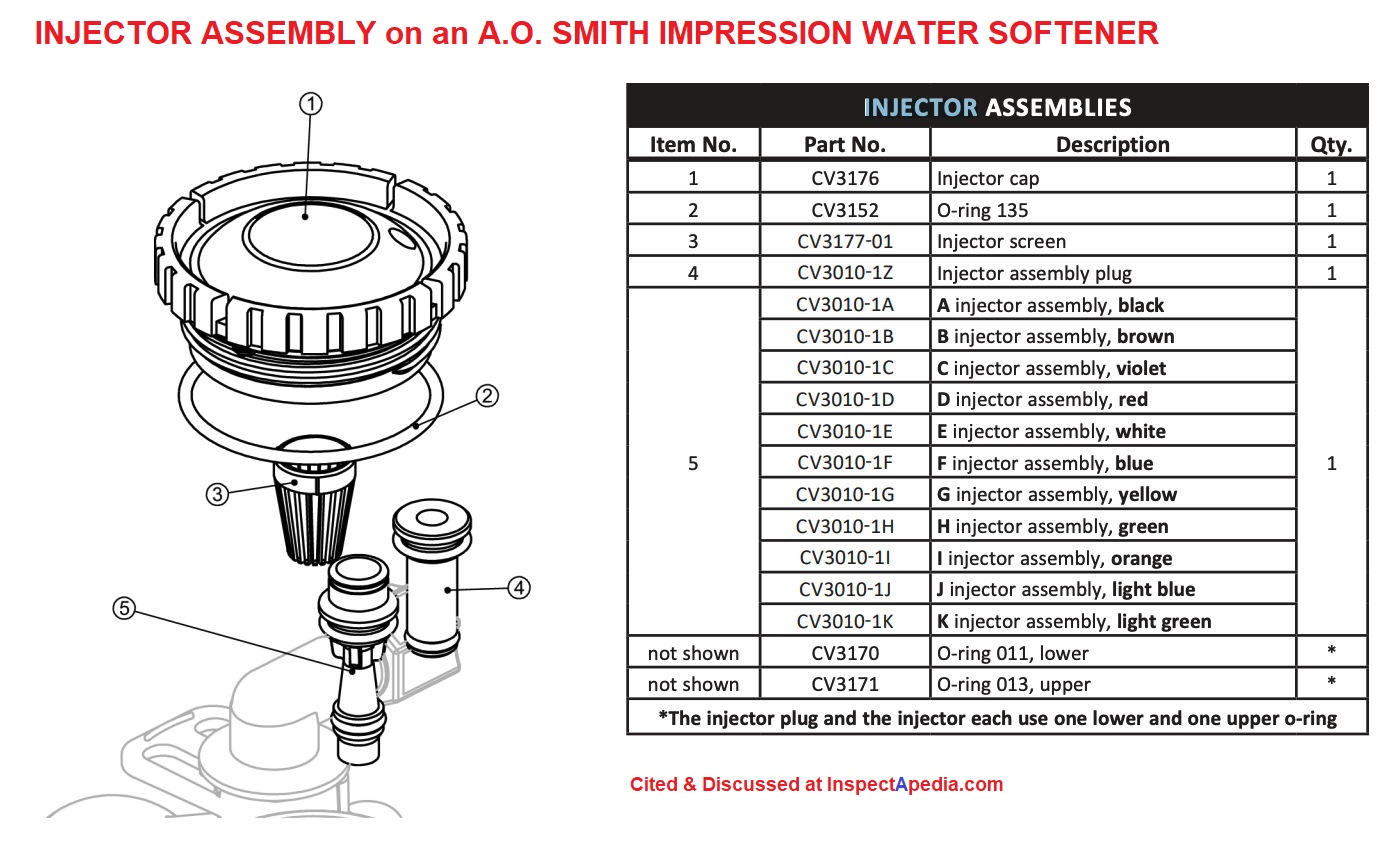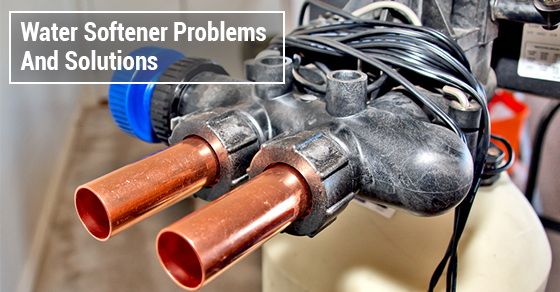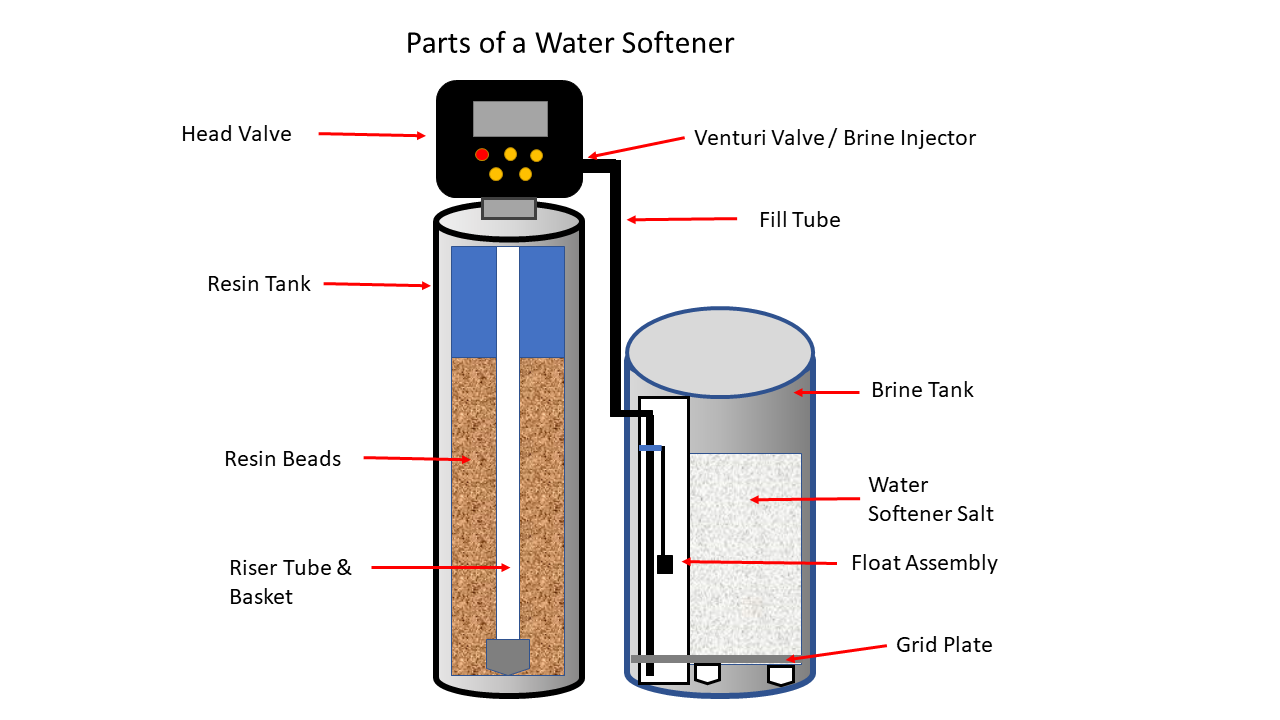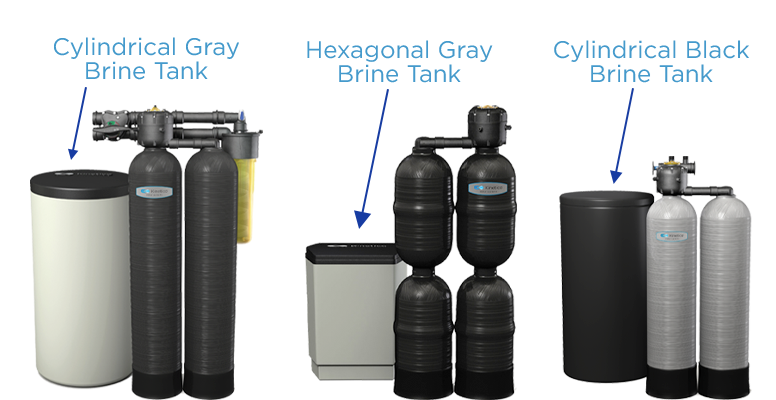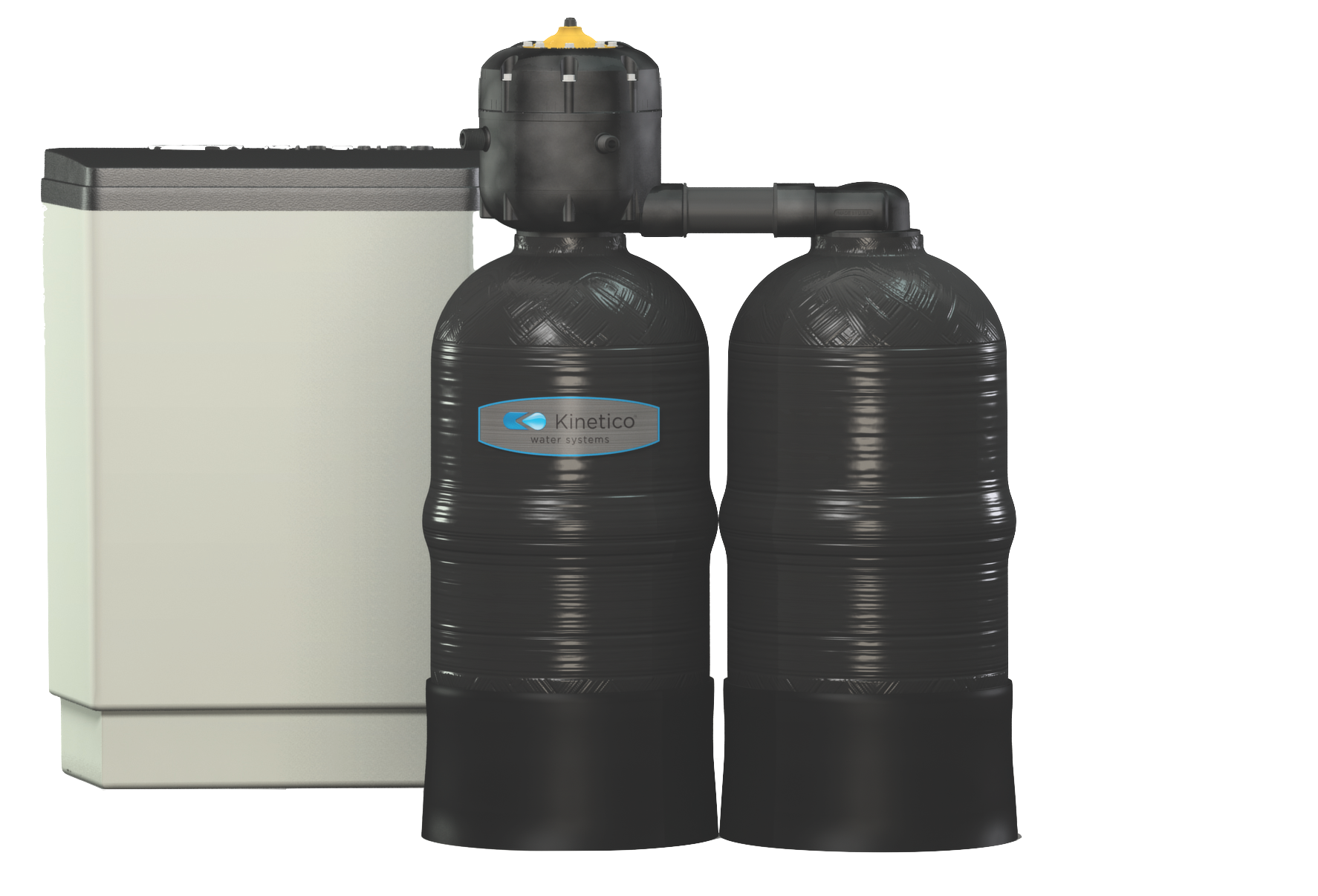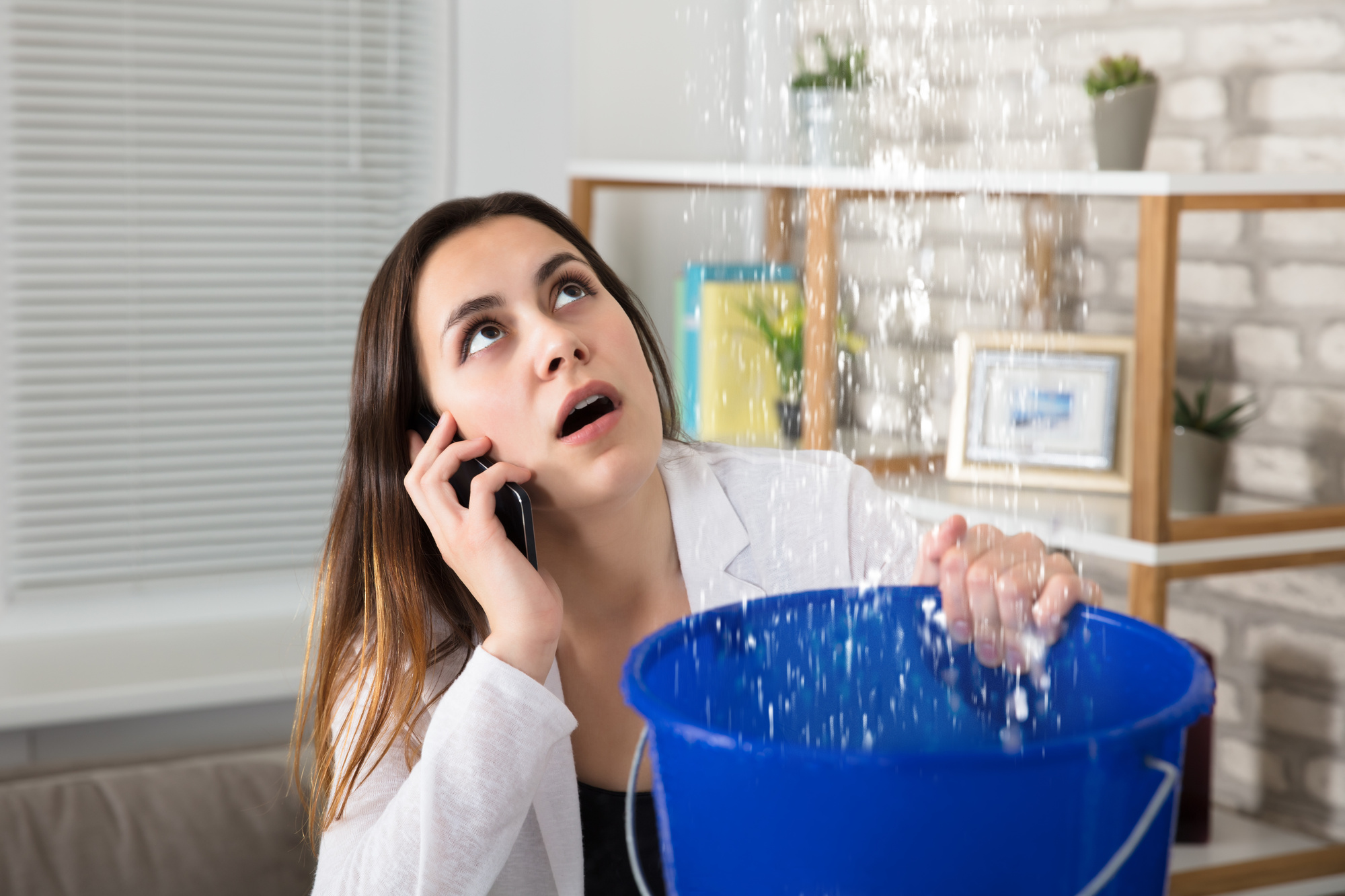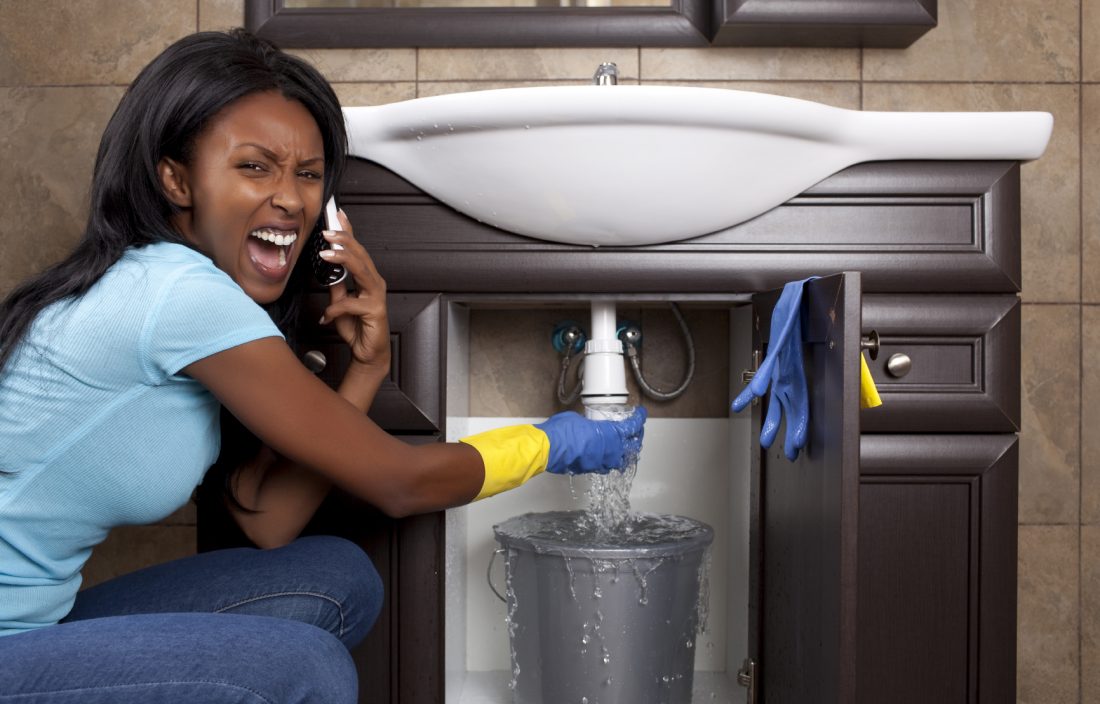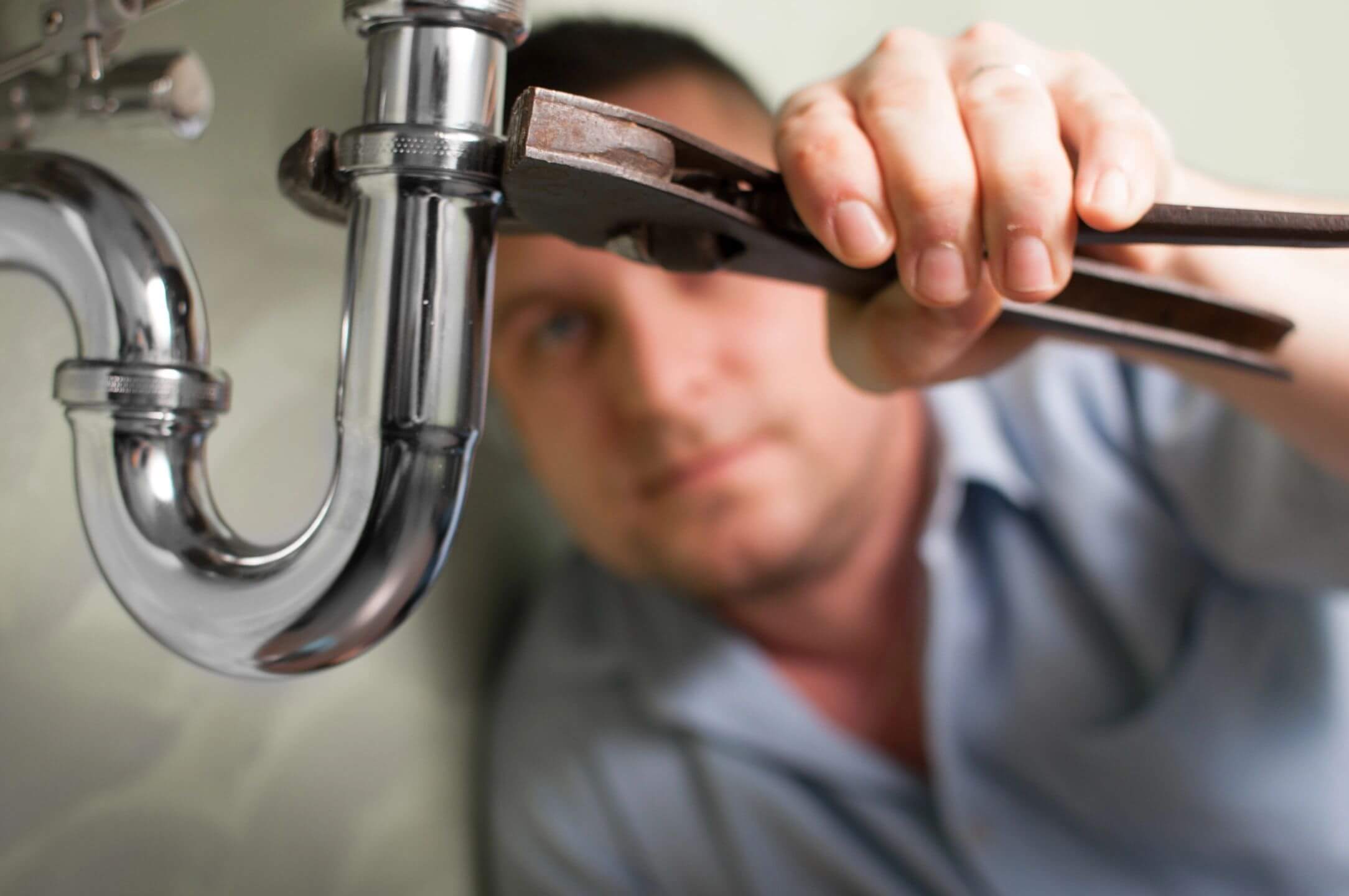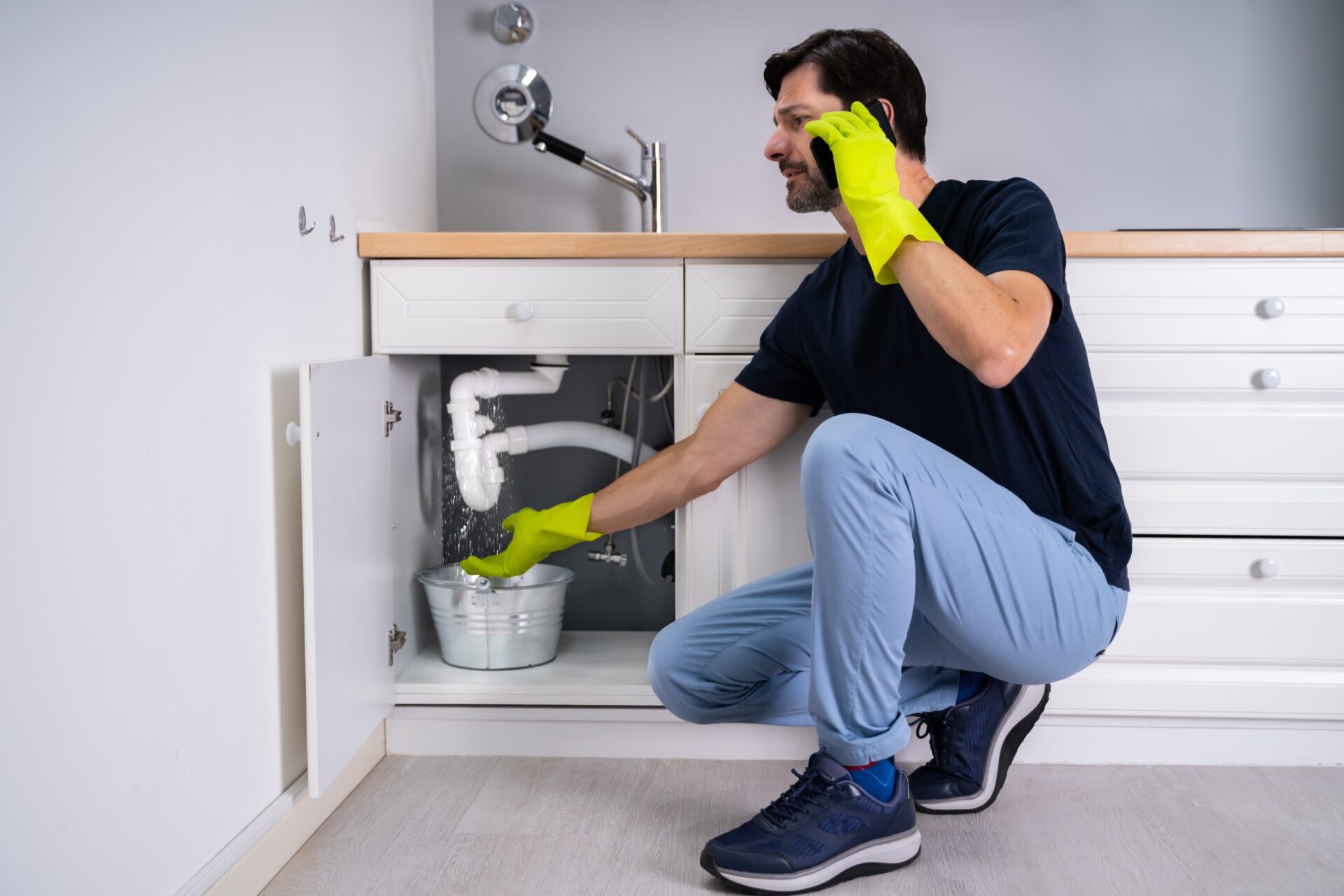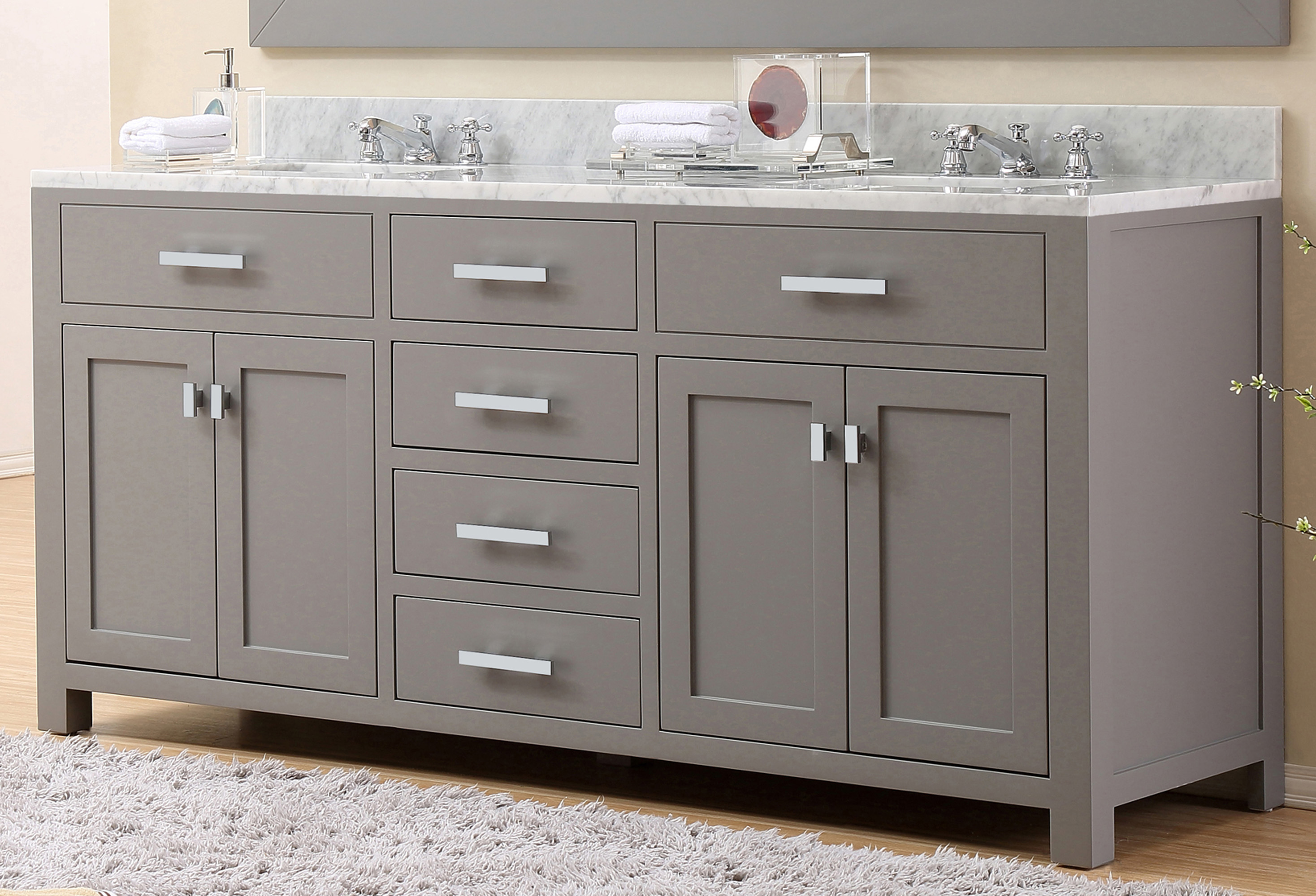If you're experiencing low water pressure at your kitchen sink, the first thing you should check is the aerator. This small mesh screen is located at the end of the faucet and is responsible for mixing air with the water flow to create a steady stream. Over time, mineral deposits and debris can build up in the aerator, causing a blockage and reducing water pressure. To fix this issue, simply unscrew the aerator and clean it with a mixture of water and vinegar. If it's too clogged to be cleaned, you may need to replace it.Check the aerator
If your aerator is clean and the water pressure is still low, the next step is to check the water supply. Make sure the main water valve is fully open and not partially closed. You can also check the water meter to see if there are any leaks in the pipes. If the meter is still running even when all the faucets are turned off, there may be a hidden leak somewhere in your plumbing system.Check the water supply
Another potential cause of low water pressure at the kitchen sink is a partially closed shut-off valve. These valves are usually located under the sink and control the flow of water to specific fixtures. Make sure the valve for the kitchen sink is fully open and not stuck in a partially closed position. If it is, try turning it off and then back on to see if that helps increase the water pressure.Check the shut-off valves
The faucet cartridge is the part of the faucet that controls the flow of water. Over time, it can become clogged or worn out, leading to low water pressure. To check the cartridge, you'll need to turn off the water supply and disassemble the faucet. Look for any signs of damage or buildup and clean or replace the cartridge as needed.Check the faucet cartridge
If your home has a water pressure regulator, it may be the cause of your low water pressure. This device is responsible for maintaining a steady water pressure throughout your plumbing system. If it malfunctions, it can cause fluctuations in water pressure. You can check the pressure regulator by attaching a pressure gauge to an outdoor faucet and turning on the water. If the pressure reading is below 45 psi, the regulator may need to be adjusted or replaced.Check the water pressure regulator
One of the most common causes of low water pressure is clogs in the pipes. These can occur due to a buildup of mineral deposits, debris, or even tree roots. If you suspect a clog, you can try using a plunger to clear it, but for more stubborn clogs, you may need to call a plumber. They have specialized tools and techniques to remove even the toughest clogs.Check for clogs in the pipes
In addition to clogs, leaks in the pipes can also cause low water pressure. Even small leaks can significantly reduce the flow of water. Check for any visible leaks under the sink and in the surrounding walls. If you can't find any, you may have a hidden leak that requires professional help to locate and fix.Check for leaks in the pipes
If your kitchen sink is the only fixture with low water pressure, the issue may be with your water heater. Sediment buildup in the tank can cause blockages and reduce the efficiency of the heater, leading to low water pressure. You can try flushing the tank to remove any sediment, but if that doesn't work, it may be time to replace the water heater.Check the water heater
If you have a water softener, it may also be contributing to low water pressure. These devices remove minerals from the water, but if they become clogged or malfunction, they can affect the water pressure. Make sure the softener is properly maintained and serviced regularly to prevent any issues.Check the water softener
If all else fails, it's best to call a plumber to diagnose and fix the issue. They have the expertise and tools to identify the cause of the low water pressure and provide a solution. It may be a simple fix or require more extensive repairs, but either way, a plumber can help restore your kitchen sink's water pressure. In conclusion, low water pressure at your kitchen sink can be a frustrating issue, but there are several possible causes and solutions. By checking these 10 main areas, you can hopefully identify and fix the problem, or at least narrow down the issue before calling a professional. Remember to regularly maintain your plumbing system to prevent future water pressure issues. Call a plumber
Possible Causes of Low Water Pressure at the Kitchen Sink

Check for Clogged Pipes
 One of the most common causes of low water pressure at the kitchen sink is clogged pipes. Over time, minerals and other debris can build up inside the pipes, obstructing the flow of water. This can happen in both old and new homes, so it's important to regularly check and clean your pipes to prevent this issue.
To avoid clogged pipes, it is recommended to hire a professional plumber to perform regular maintenance and clean your pipes at least once a year.
One of the most common causes of low water pressure at the kitchen sink is clogged pipes. Over time, minerals and other debris can build up inside the pipes, obstructing the flow of water. This can happen in both old and new homes, so it's important to regularly check and clean your pipes to prevent this issue.
To avoid clogged pipes, it is recommended to hire a professional plumber to perform regular maintenance and clean your pipes at least once a year.
Inspect the Faucet and Aerators
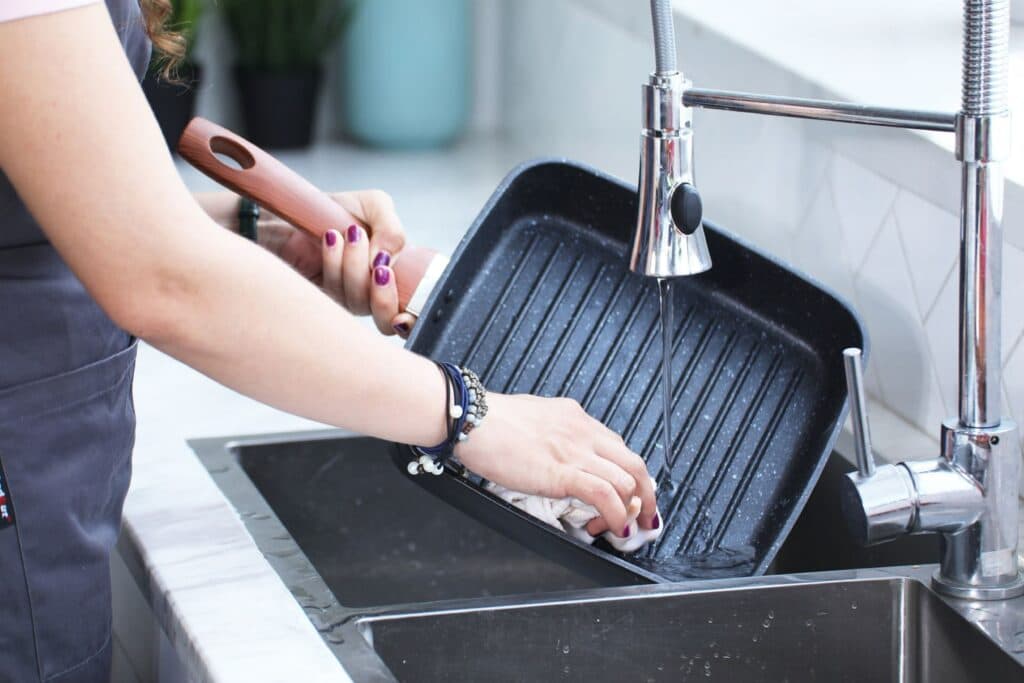 Another possible cause of low water pressure at the kitchen sink is a faulty faucet or aerator.
Check for any visible damage or signs of wear and tear on the faucet and aerator.
If they appear damaged, they may need to be replaced. Additionally,
cleaning the aerator regularly can help remove any buildup of minerals and debris, which can improve water flow.
Another possible cause of low water pressure at the kitchen sink is a faulty faucet or aerator.
Check for any visible damage or signs of wear and tear on the faucet and aerator.
If they appear damaged, they may need to be replaced. Additionally,
cleaning the aerator regularly can help remove any buildup of minerals and debris, which can improve water flow.
Water Pressure Regulator
 If your home has a water pressure regulator, it could be the culprit behind low water pressure at the kitchen sink.
Water pressure regulators are responsible for controlling the flow of water into your home, and if they are not functioning properly, it can lead to low water pressure.
It's important to have a professional inspect and adjust the water pressure regulator if necessary to ensure proper water flow throughout your home.
If your home has a water pressure regulator, it could be the culprit behind low water pressure at the kitchen sink.
Water pressure regulators are responsible for controlling the flow of water into your home, and if they are not functioning properly, it can lead to low water pressure.
It's important to have a professional inspect and adjust the water pressure regulator if necessary to ensure proper water flow throughout your home.
Check for Leaks
Consider the Location of Your Kitchen
 In some cases, the location of your kitchen in relation to the main water line can also affect water pressure.
If your kitchen is located far from the main water line, it may take longer for water to reach the faucet, resulting in lower water pressure.
In this case, you may need to consult with a professional plumber to explore solutions such as installing a booster pump to improve water pressure.
In some cases, the location of your kitchen in relation to the main water line can also affect water pressure.
If your kitchen is located far from the main water line, it may take longer for water to reach the faucet, resulting in lower water pressure.
In this case, you may need to consult with a professional plumber to explore solutions such as installing a booster pump to improve water pressure.
Conclusion
 In conclusion, low water pressure at the kitchen sink can be caused by a variety of factors including clogged pipes, faulty faucet or aerator, water pressure regulator issues, hidden leaks, and the location of your kitchen.
Regular maintenance and inspections by a professional plumber can help identify and address any of these issues to ensure proper water flow and pressure in your home.
Don't hesitate to seek professional help if you are experiencing persistent low water pressure at your kitchen sink as it could be a sign of a larger underlying issue.
In conclusion, low water pressure at the kitchen sink can be caused by a variety of factors including clogged pipes, faulty faucet or aerator, water pressure regulator issues, hidden leaks, and the location of your kitchen.
Regular maintenance and inspections by a professional plumber can help identify and address any of these issues to ensure proper water flow and pressure in your home.
Don't hesitate to seek professional help if you are experiencing persistent low water pressure at your kitchen sink as it could be a sign of a larger underlying issue.



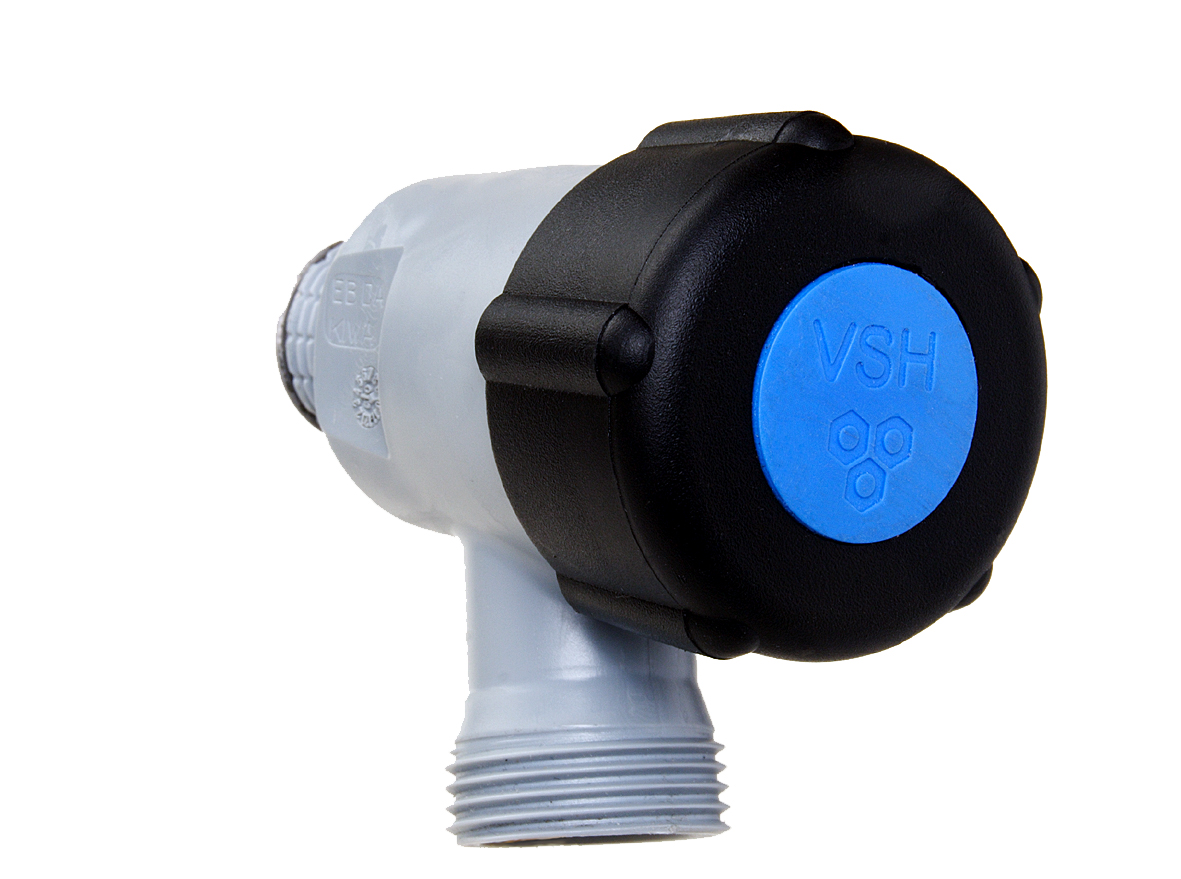






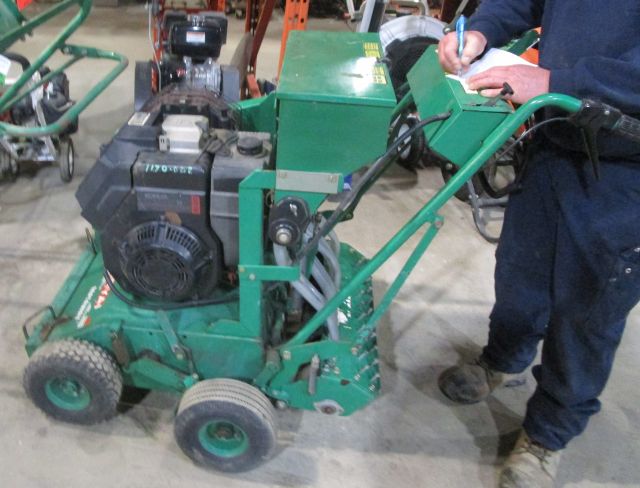
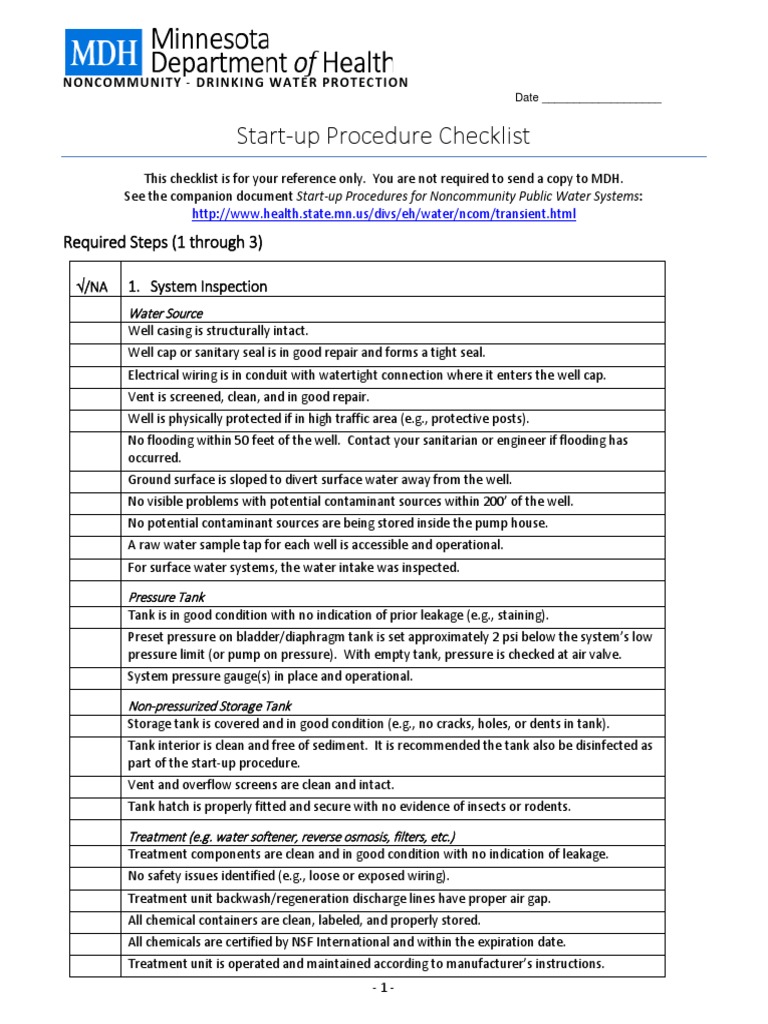


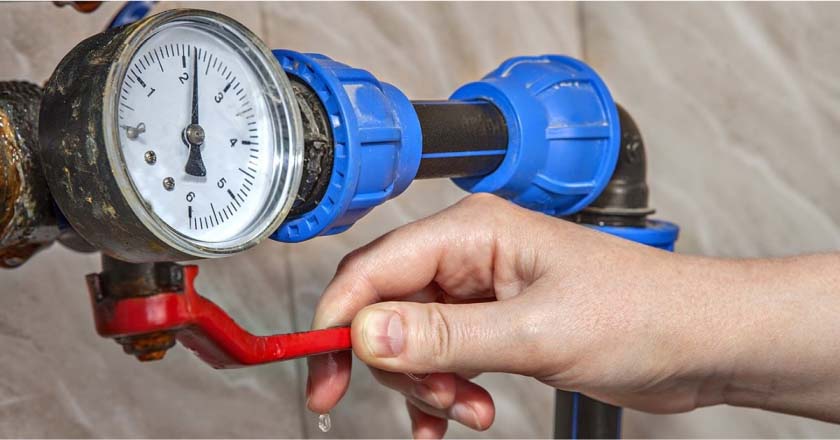



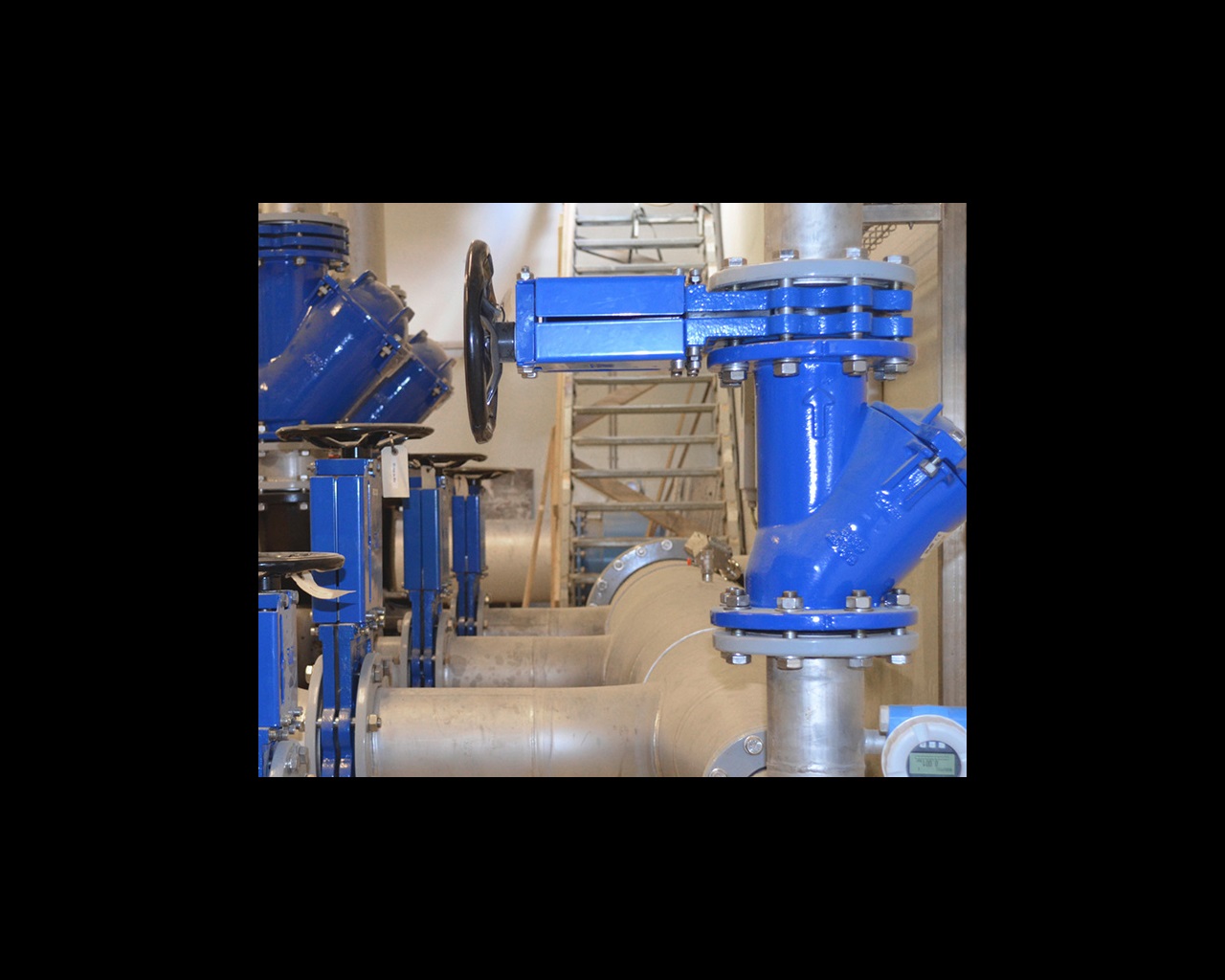

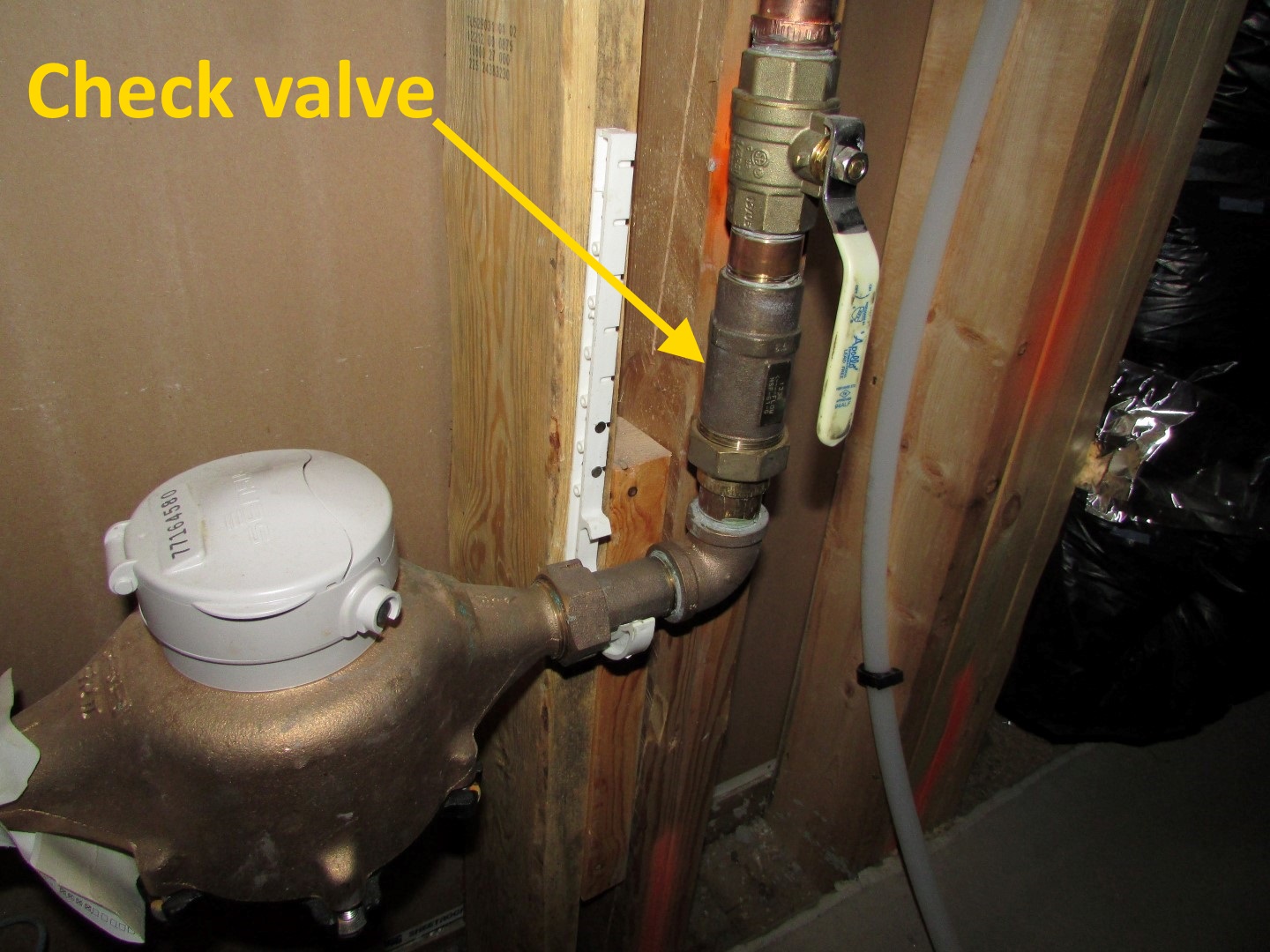

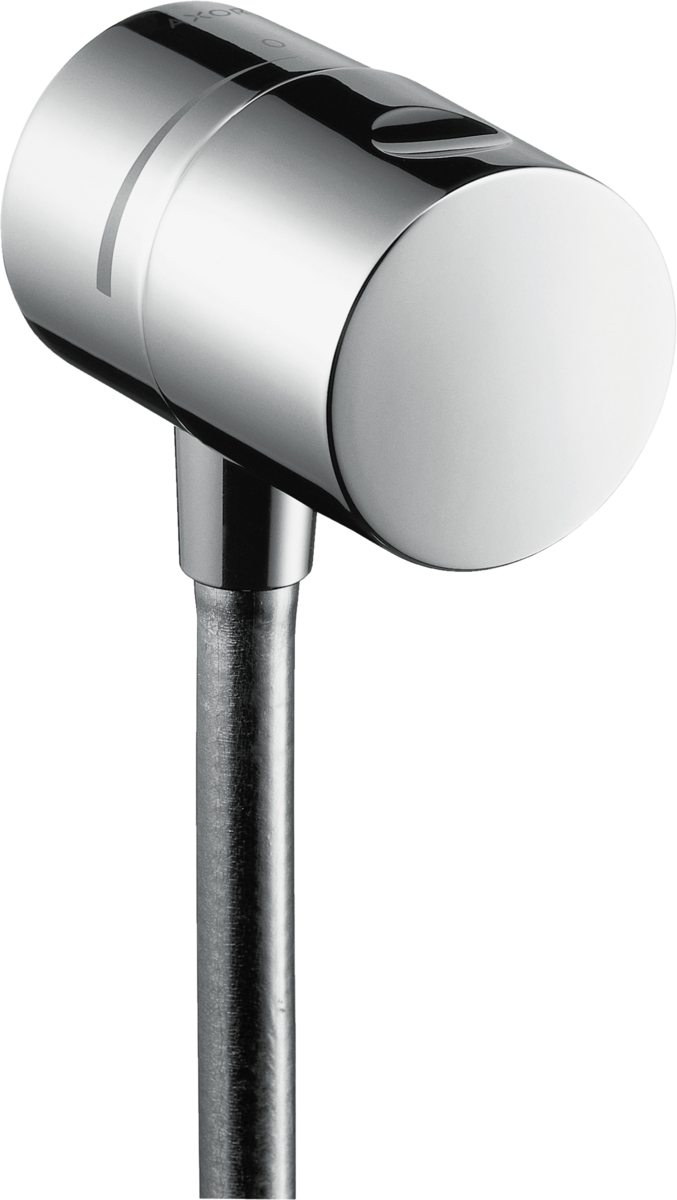

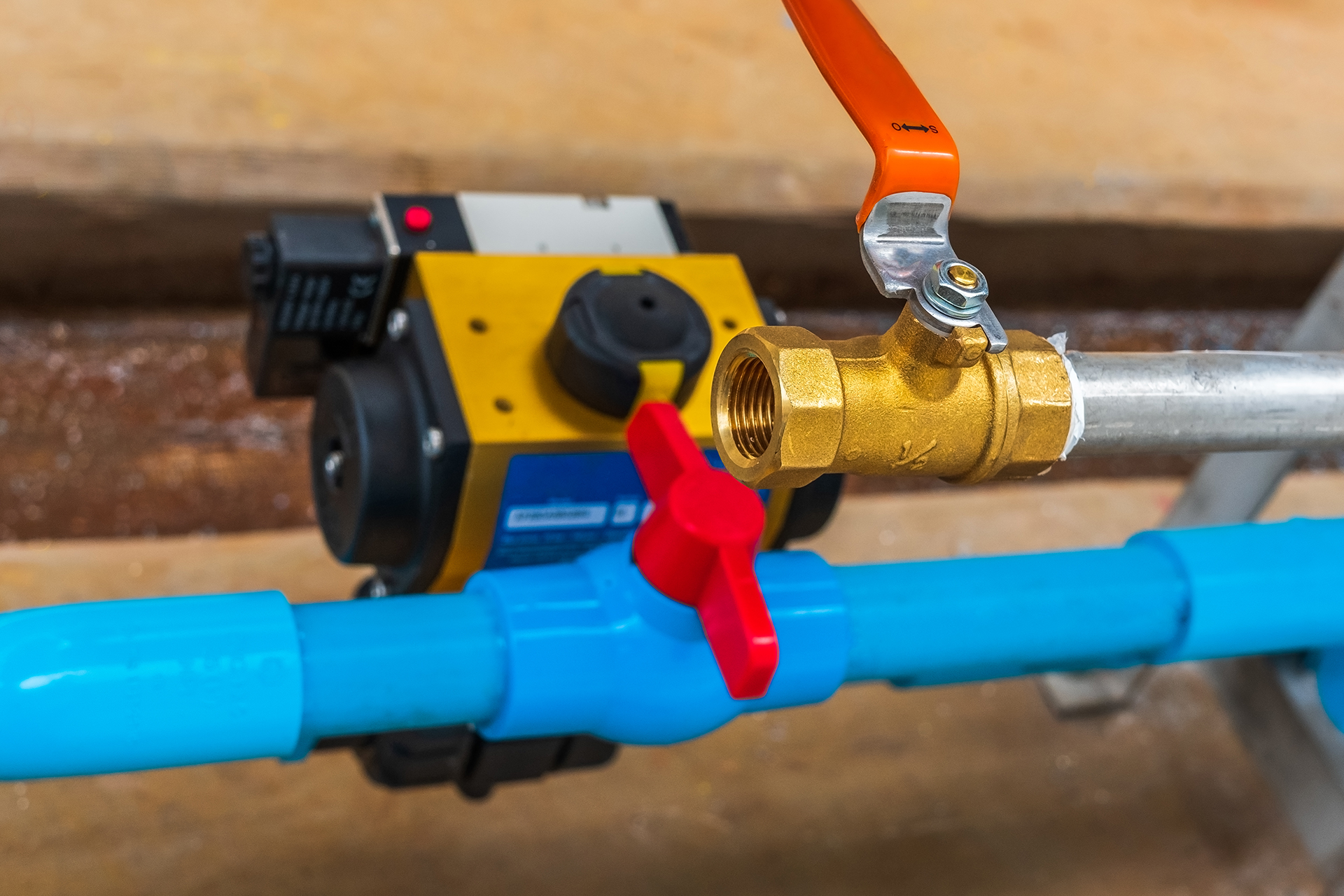
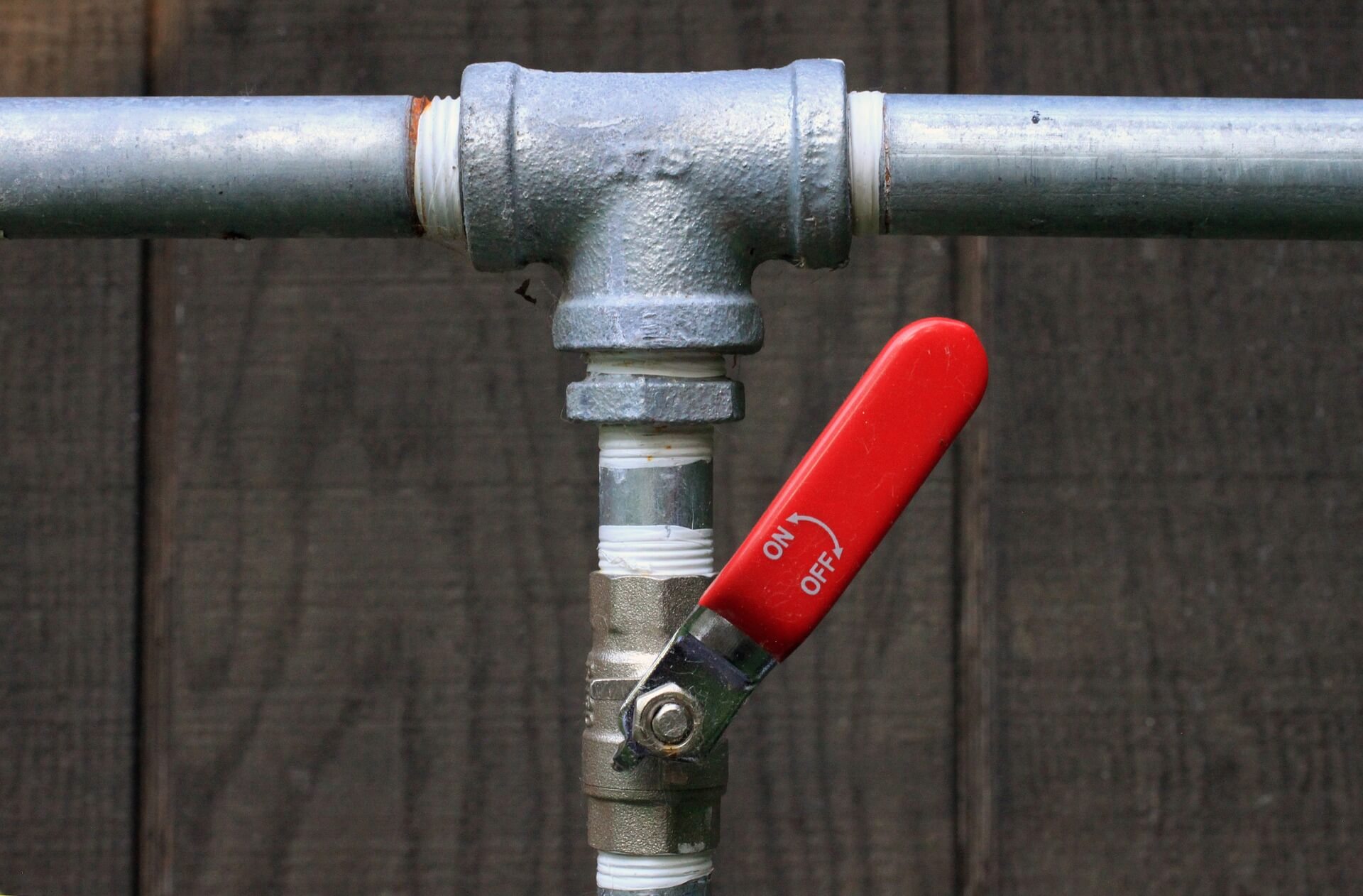

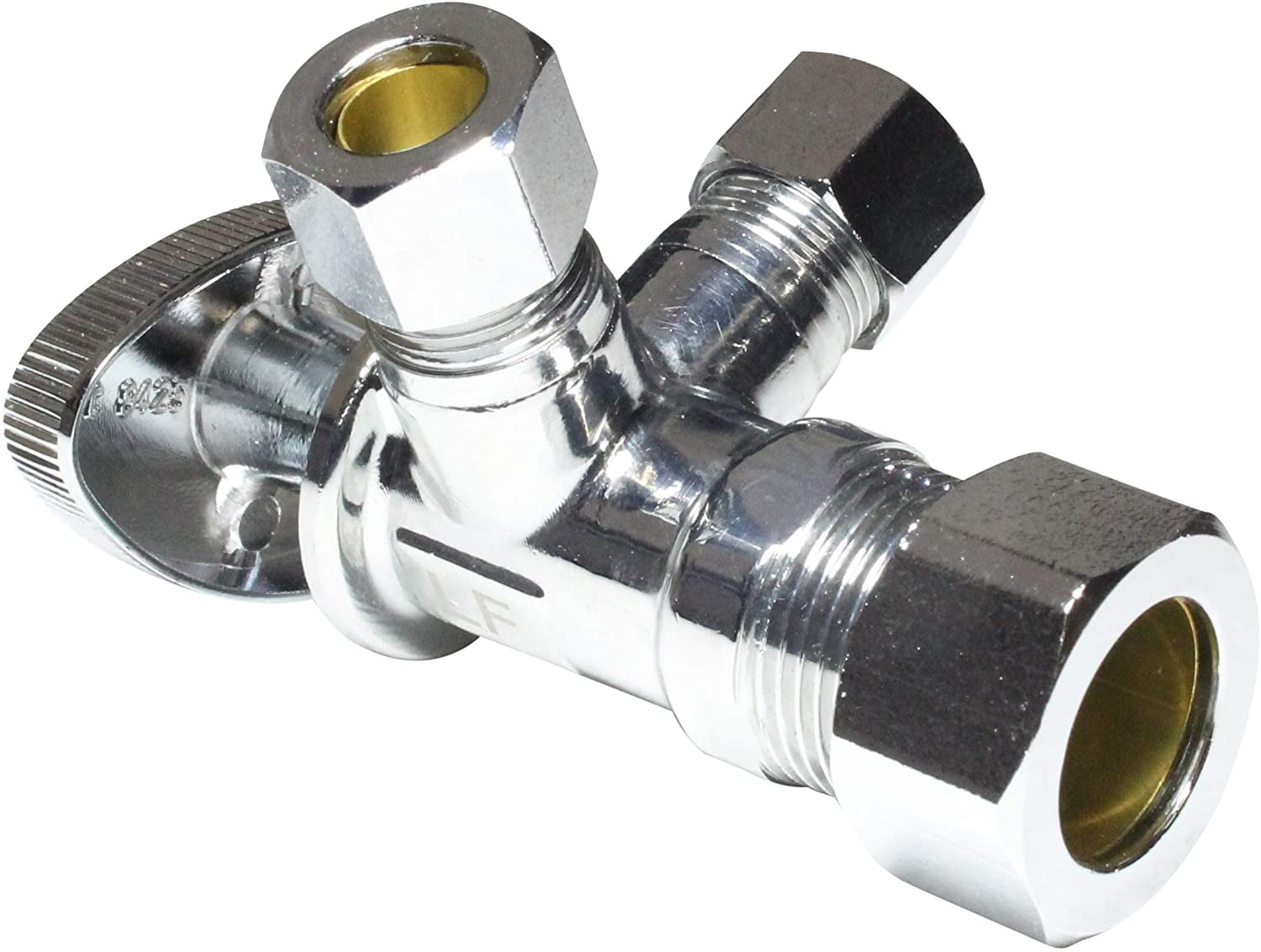



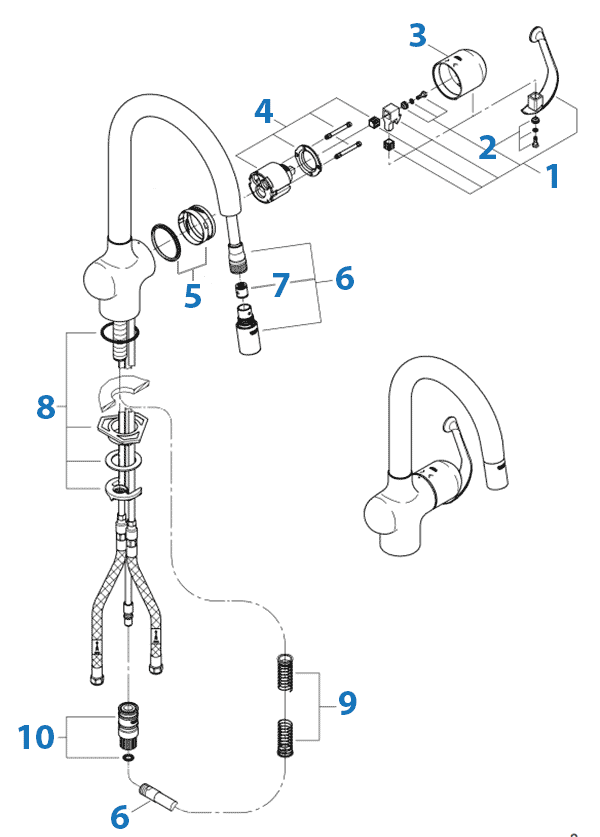






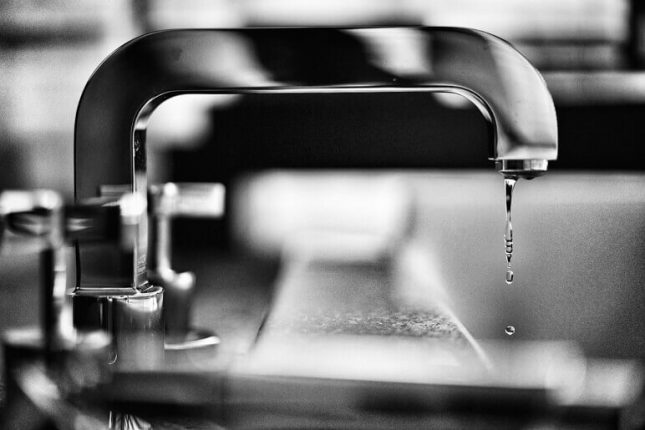





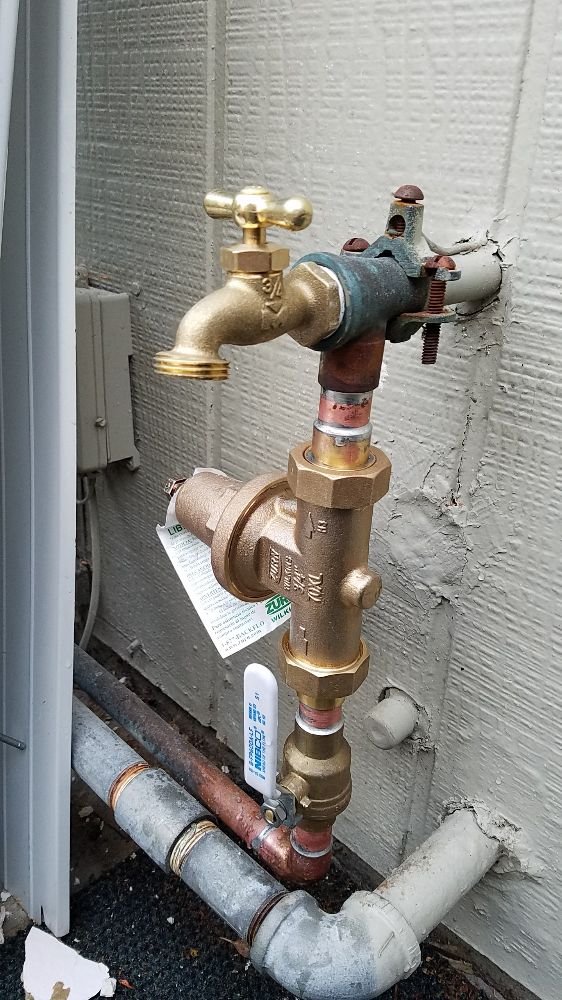

:max_bytes(150000):strip_icc()/the-men-s-hand-opens-the-ball-valve-on-the-collector-1006810456-5c5fc73fc9e77c000159c4af.jpg)
